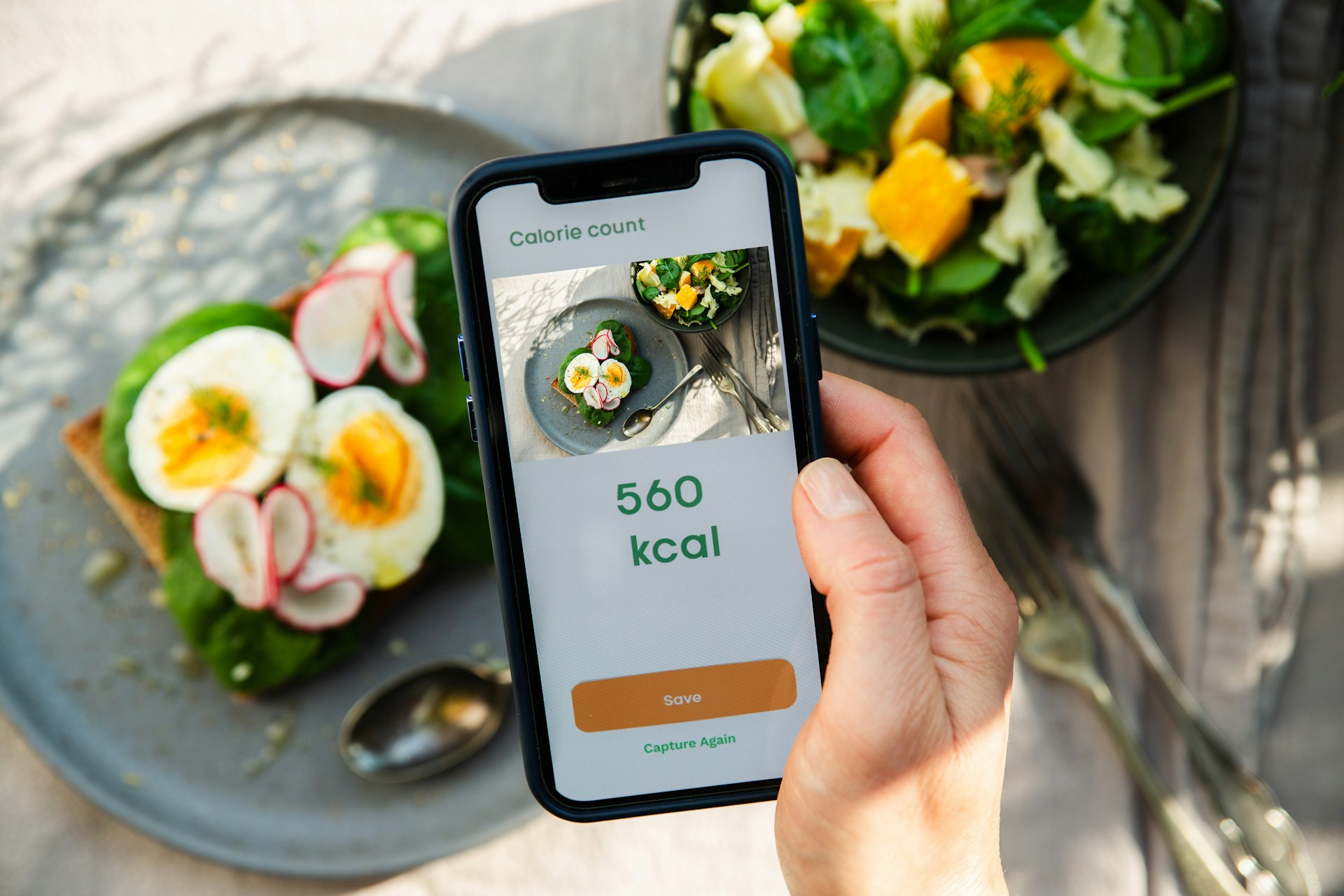You might need to do more than counting to figure out when you're ovulating and find your fertile window.

You might need to do more than counting to figure out when you're ovulating and find your fertile window.
It might seem obvious to those who have done extensive research, but many people are surprised to discover there is only a small window of opportunity each month to get pregnant. The only time you can get pregnant is during your fertile window — right before and after ovulation — which is why it’s crucial to know how to track ovulation.
While fertility data shows the majority of people ovulate around day 14 of their cycle, this number should not be used as a standard. In fact, ovulation times can vary greatly — and that’s why it’s important to track your cycle with something more concrete than a period tracking app, which uses generic data that might not apply to you.
Let’s review some basic information you should know as you embark on your fertility journey, and give some guidance on how to track ovulation and find your fertile window.
What it is Tracking your fertile window
What is ovulation?
Ovulation is the process in which a mature egg is released from the ovary into the fallopian tube in hopes of being fertilized by a sperm.
Tiny eggs develop in sacs called follicles. These follicles typically take several months to become fully mature—some even die off before getting to that stage.
At the beginning of your cycle, a few dominant follicles (about 10) compete against each other to become “the one” that will be released during ovulation that month.
When the chosen follicle matures, it releases the egg into the fallopian tube. The egg will spend about 12-24 hours in the fallopian tube awaiting a sperm cell.
If fertilization occurs, the egg travels to the uterus over the next several days to implant and begin the early stages of pregnancy. However, if the egg is not fertilized, it begins to break down.
What hormones are involved in ovulation?
There are various hormones at play throughout the entire month to make ovulation happen.
At the beginning of your cycle, FSH (follicle stimulating hormone) is steadily released to encourage the follicles’ growth. As the follicles mature, they begin producing more and more estrogen.
The egg is ready once the estrogen threshold is met. The brain then releases a surge of luteinizing hormone (LH) to trigger ovulation. The egg is released about 10-12 hours after the LH surge.
As the fallopian tube welcomes the egg, a shift in hormone production is at play once again. The now-empty follicle (also known as corpus luteum) begins producing progesterone—signaling an egg has left the follicle.
Progesterone is the main indicator that the cycle has successfully led to the release of an egg.
If the egg is not fertilized, the corpus luteum degrades and all hormones begin to level out signaling menstruation.
However, if the egg is fertilized, the corpus luteum continues producing progesterone until the placenta takes over.
Is the fertile window the same as ovulation?
The fertile window, on the other hand, refers to the period of time that a woman has a chance of getting pregnant.
What is that period of time? It depends on the woman and her cycle, but typically it’s five days before ovulation and 24 hours after ovulation.
>>RELATED: When is the Most Fertile Time?
You might be thinking, “How can I get pregnant before I ovulate?”
Interesting fact: sperm can live in the fallopian tube for up to five days. If you had intercourse a couple of days before you ovulated, the sperm can fertilize the egg as soon as it's released.
It’s important to note that some women do not ovulate every month and that could be due to many reasons—ovarian conditions, aging, and of course, birth control.
Understanding IF and WHEN you ovulate — and knowing how to track your ovulation — is extremely important when trying to conceive. Without knowing these factors, the chances of getting pregnant are incredibly slim.
How to track ovulation
On average women have a 28-day cycle and typically ovulate around day 14. However, we know that “average” does not mean “all,” so we shouldn’t take this statistic to be true for every woman. Instead you can learn to track your own ovulation, from ovulation signs to tracking hormone levels.
Using bodily signs to track ovulation
It’s best to keep track of your cycle and pay close attention to how your body behaves throughout the month because there are subtle signs that can indicate ovulation.
Change in vaginal secretion
Just before ovulation, your vaginal secretion changes. Typically, the presence of clear, wet, and sticky secretion (similar to egg white consistency) is an indication that you are ovulating.
The problem? It can be difficult to distinguish mucus consistency on your own.
Change in body temperature
Basal body temperature increases slightly during ovulation so measuring your temperature daily can help you spot the day on which you ovulate.
The problem? Your temperature can be affected by many other factors such as stress, illness, and lifestyle changes, so it can be difficult to pinpoint ovulation.
Detect an elevation in luteinizing hormone
Standard luteinizing hormone strips measure your LH levels so you can map out your fertility window since high luteinizing hormone is indicative of ovulation.
The problem? They don’t work for everyone, especially women with ovarian disorders. Also, they only tell a part of the story. A surge of LH does not guarantee that an egg has been released.
There are many ways you can track your cycle to try and find your fertile window, but all of these methods come with disclaimers because they are not 100% accurate.
Using hormone levels to track ovulation
You can see by now that human error can cause complications with most at-home testing techniques. Maybe you forgot to analyze your vaginal mucus for a few days, your temperature was wonky because you had a cold, or you simply didn’t understand how to read the vague LH strips.
All of these factors can make it incredibly difficult for you to get a clear understanding of your fertile window. This is the reason the doctors at Oova designed a product that can simplify the process for all women.
Track your hormone levels with Oova
Oova is the fertility translator that tests three important hormones with lab-quality precision: luteinizing hormone, progesterone, and estrogen. It is the only testing device that shows you when you ovulate (by tracking LH) and if you ovulate (by tracking progesterone).
It removes all guesswork and uncertainty by giving you clear data and results directly in the Oova app. You don’t have to wonder what the faint lines on the standard LH strips mean anymore because Oova tells you exactly what you need to know, in a language you understand.
Oova allows you to have personalized, precise readings so you don’t rely on standard data that categorizes all women into a “normal” cycle. All women are unique and Oova is on a mission to redefine normal.
How to track ovulation: the bottom line
Ovulation requires a complex mingling of hormones to produce a viable egg for fertilization. If you’re trying to conceive, knowing how to track your ovulation is crucial so you know your fertile window.
You can use various methods to track your ovulation, but it’s important to take these measurements with a grain of salt, because they don’t always tell the whole story. Stress, lifestyle changes, and ovarian conditions can affect your body and thus throw off some of these measurements.
Yet knowing how to track your ovulation doesn't have to be a drawn-out game of guesswork and confusion. Instead, tracking your hormone levels with a test kit like Oova can help you learn how to nail exactly when you’re ovulating and make that conception journey clear, easier, and stress-free.
About the author
.png)
Sources
- Cleveland Clinic. (2022). Conception.
- Healthline. (2023). Everything You Need to Know About Progesterone.
- Medical News Today. (n.d.). Facts about sperm health and lifespan.
- National Institute of Health. (2017). What are some possible causes of female infertility?
- Verywell Family. (2022). How to Check Your Cervical Mucus.
About the Oova Blog:
Our content is developed with a commitment to high editorial standards and reliability. We prioritize referencing reputable sources and sharing where our insights come from. The Oova Blog is intended for informational purposes only and is never a substitute for professional medical advice. Always consult a healthcare provider before making any health decisions.



